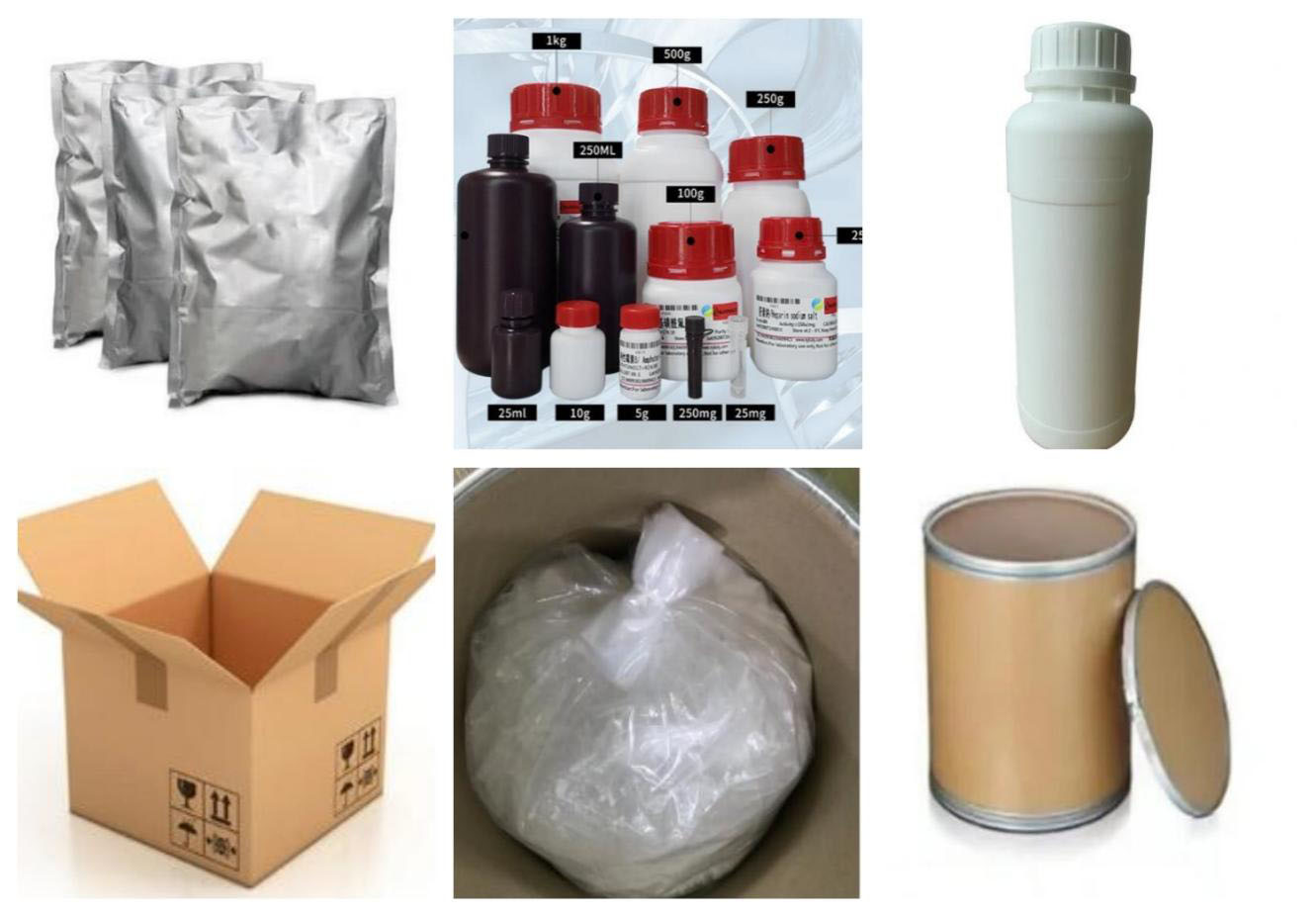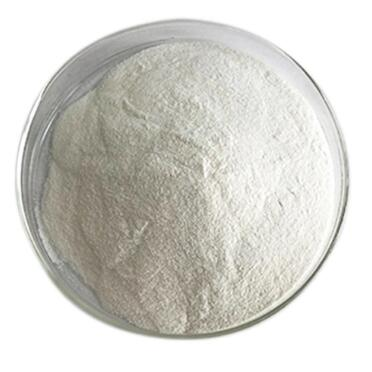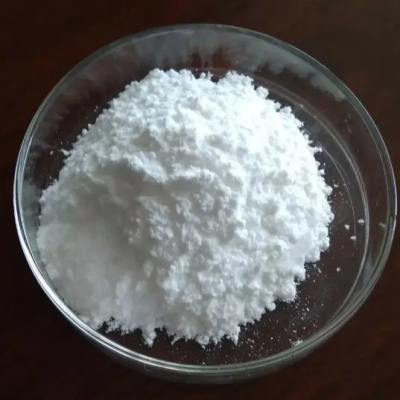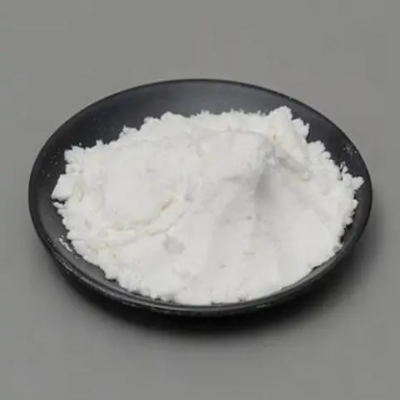N-(1-Naphthyl)-3-aminopropanesulfonic Acid Sodium Salt CAS:104484-71-1
Protein Conformational Studies: ANS has a high affinity for hydrophobic regions in proteins. It is commonly used to study protein folding, stability, and conformational changes. ANS fluorescence is enhanced when it binds to exposed hydrophobic regions or misfolded proteins, making it a valuable tool for monitoring protein structure and dynamics.
Protein-Ligand Interactions: ANS can be used to investigate protein-ligand interactions, such as the binding of small molecules or drugs to proteins. The increase or decrease in ANS fluorescence in the presence of a ligand can provide information about the binding affinity and binding site location.
Membrane Studies: Due to its hydrophobic nature, ANS is frequently utilized to study membrane proteins and lipid-protein interactions. It can probe lipid bilayer properties, determine membrane protein topology, and monitor changes in membrane fluidity.
Assessment of Protein Denaturation: ANS fluorescence can be used to assess protein denaturation or unfolding, such as in heat-induced or chemical denaturation processes. The increase in ANS fluorescence is often observed as hydrophobic regions become exposed.
Detection of Protein Aggregation: ANS is known to bind to protein aggregates, such as amyloid fibrils or inclusion bodies. The increase in ANS fluorescence intensity in the presence of protein aggregates can be used to monitor the formation and progression of these structures.
Binding Studies with Nucleic Acids: ANS can interact with nucleic acids, particularly double-stranded DNA, and exhibit fluorescence. It has been used to study DNA-protein interactions and DNA conformational changes.
Fluorescent Labeling: ANS can be conjugated or covalently linked to molecules of interest to create fluorescent probes and labels. This enables the visualization and tracking of specific molecules or cellular structures.

| Composition | C13H14NNaO3S |
| Assay | 99% |
| Appearance | White powder |
| CAS No. | 104484-71-1 |
| Packing | Small and bulk |
| Shelf Life | 2 years |
| Storage | Store in cool and dry area |
| Certification | ISO. |









